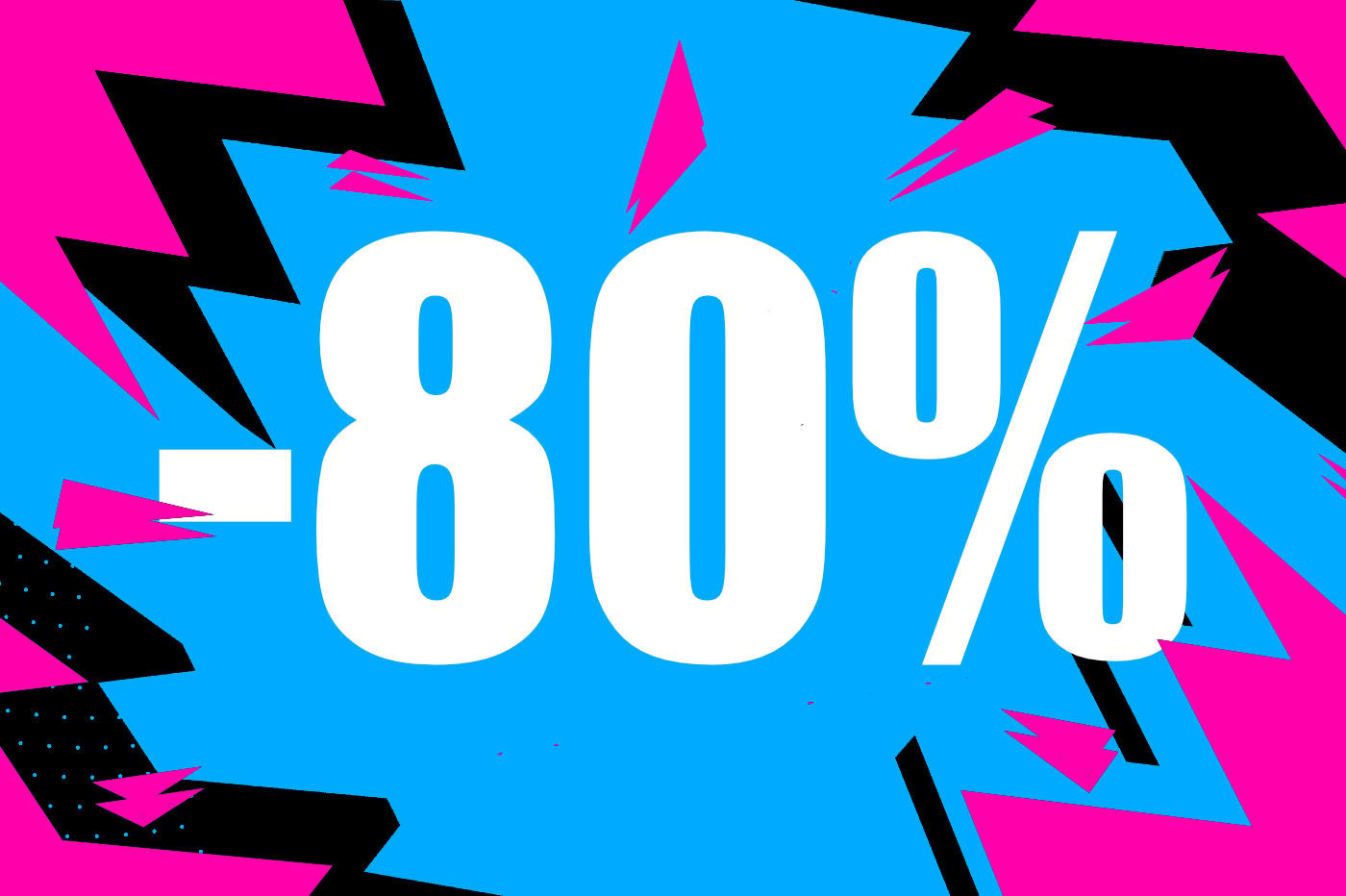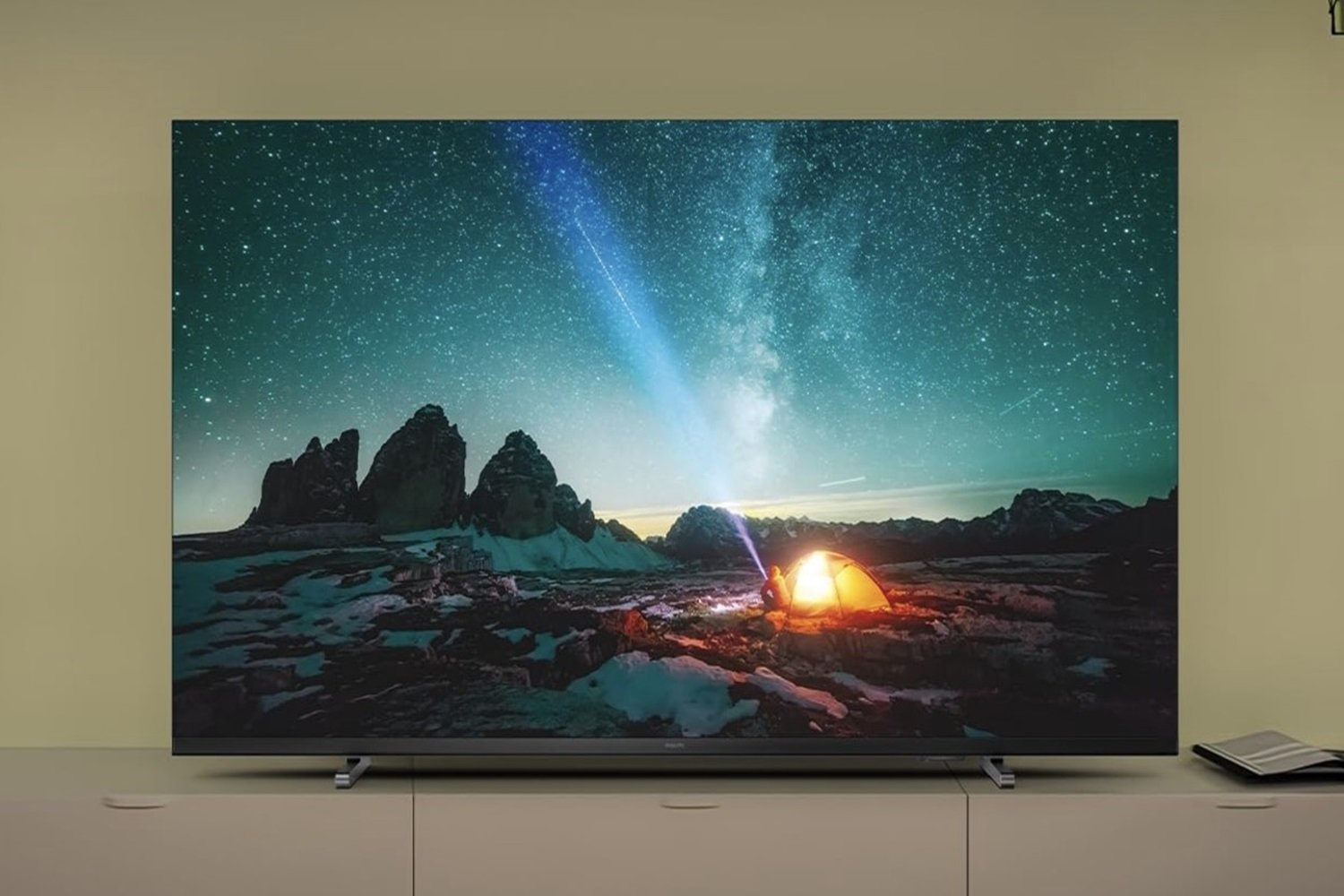In recent years, innovations in mobile telephony have followed a clear pattern: Android takes ideas from iOS, iOS integrates features from Android, and the cycle repeats itself. It is a practically inevitable process in a market where competition pushes manufacturers to constantly evolve.
But, far from being a problem, this dynamic has a positive effect for users: both platforms end up offering the best of both worlds, with improvements that benefit everyone no matter which side of the ecosystem you are on. In the end, the real winners are the users, with increasingly complete devices.
The problem comes when a manufacturer is “inspired” by features that are not well received. The Camera Control of the iPhone 16 is one of them: it is something that we criticized in the review and that, as the forums let us read, is not making users very happy.
OPPO has opened the season. It is the first Android phone with a capacitive button dedicated to the camera – this is very different and far from the simple camera button that Sony integrates into its Xperia family – and we are more than convinced that it will not be the last. In fact, Realme is already testing it.
The problem? The same one that we discussed in the iPhone analysis: this button wants to solve a problem that doesn’t exist. Although we will comment on the positive first. As a button to quickly invoke the camera it is an excellent alternative. The process of unlocking the phone and opening the camera is quick, but pressing the button twice is even quicker. So far, so good.
The camera button is a good idea half-executed. Currently, it is objectively more uncomfortable than touching the screen
The key is that manufacturers are not managing to make the camera button one in which the functions it is intended to perform are more comfortable than those we have already been doing with the screen.


The simplest of all, taking photos, it is very uncomfortable. Whether we have the mobile horizontal or vertical, it is usually enough to bring the thumb closer to press the screen and take a photo. It’s something immediate. The location of these buttons, which does not fall on the index finger – something they should achieve if they want to simulate a professional camera button – requires you to move your hand completely so that the finger can reach it. Adding to the discomfort is the extra time it takes us to adjust the hand.
The same thing happens with zoom. The gesture of pinch to zoom It allows us to be noticeably more precise than this type of capacitive buttons, in addition to being much faster when doing a deep zoom. With our fingers we simply have to exaggerate the gesture, with the buttons we have to slide little by little to reach the zoom point we want.
The question is clear, and may depend on Apple: is this button here to stay or will it be an experiment? The reception of the iPhone 16 Camera Control has not been too good, but the market has begun to make moves emulating it. If Apple kills it, the industry will move accordingly. There are only two ways, try to improve it as much as possible or accept that, perhaps, touching the screen to take a photo was not so bad.
Image | WorldOfSoftware
In WorldOfSoftware | The unexpected return of the physical button: the industry opted for the “all screen” but experts and users ask for its return





/cdn.vox-cdn.com/uploads/chorus_asset/file/25751312/2024_CH_Pacifica_Gas_Gallery_Img3_Desktop1.jpg.image.1440.png)





